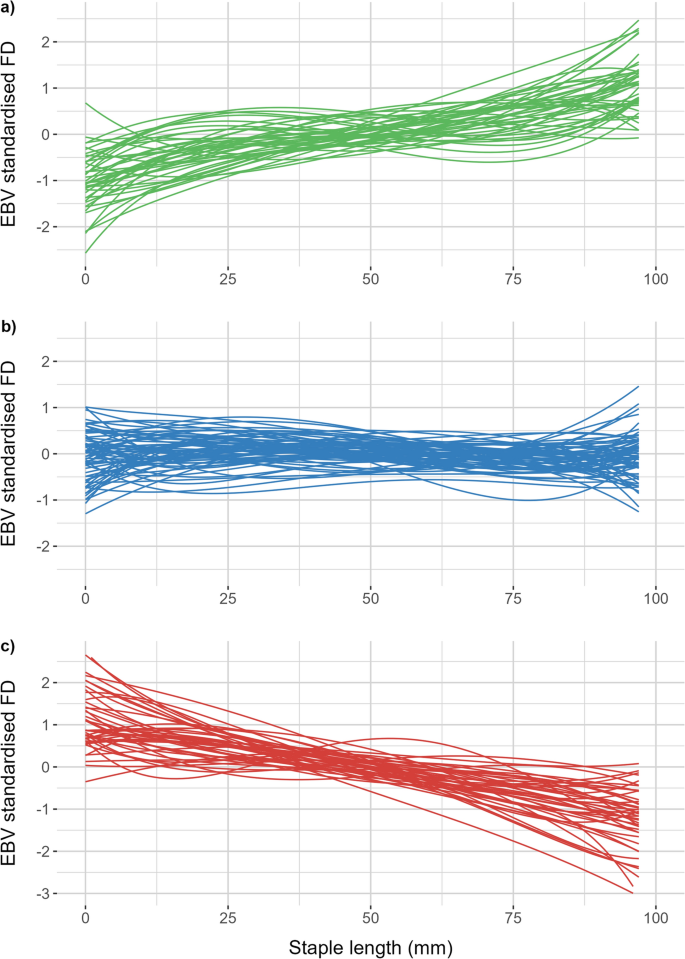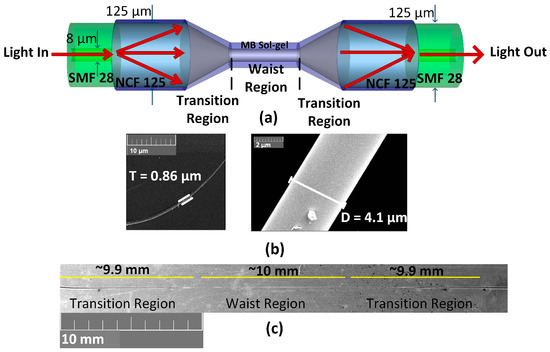How an Optical Fibre Diameter Analyser Ensures Consistent Results
Optimize Your Fibre Optic Performance: Recognizing Optical Fibre Diameter Analyser Innovation
The efficiency of fiber optic systems is seriously affected by the precision of their size, an element typically overlooked in the quest of optimal signal honesty. Understanding the innovation behind optical fiber size analysers discloses the complex equilibrium in between measurement accuracy and manufacturing top quality.
Relevance of Optical Fiber Size
The size of optical fibre plays a vital duty in determining the efficiency and performance of communication systems. On the other hand, smaller sized sizes tend to sustain less settings, which can boost signal quality and reduce crosstalk.

In addition, recognizing the size's ramifications can result in cost savings by decreasing the need for signal boosting and repeaters in extensive networks (optical fibre diameter analyser). To conclude, the relevance of optical fibre diameter can not be overstated, as it straight influences the overall effectiveness and dependability of contemporary communication systems

Exactly How Size Impacts Signal Quality
Signal quality in optical fiber systems hinges substantially on the size of the fibre. The diameter affects several crucial specifications, consisting of attenuation, transmission capacity, and modal diffusion. A smaller size can result in higher depletion prices, leading to signal loss as light travels through the fiber. This attenuation can jeopardize the honesty of the transmitted information, resulting in a decline in signal quality, particularly over long distances.
On the other hand, bigger sizes generally permit enhanced light capture and lowered modal diffusion, boosting signal clarity. In multimode fibers, a bigger core size can support numerous light settings, yet it may also present intermodal dispersion, which can break down signal top quality. For that reason, selecting the optimum fibre diameter is crucial for accomplishing the desired performance in particular applications.
Moreover, the interaction in between the fibre diameter and the wavelength of the light used plays a crucial duty in figuring out the effective transmission distance and overall signal integrity. Because of this, comprehending how fibre size influences signal quality is important for network designers and designers striving to maximize optical fiber systems for dependable, high-speed data transmission.
Review of Diameter Analyser Modern Technology
In several optical fibre production processes, accurate dimension of fiber size is important for ensuring consistent performance and high quality (optical fibre diameter analyser). Size analysers are innovative tools developed to assess the physical dimensions of optical fibers with high accuracy. They use advanced optical and laser innovations to measure the diameter, ovality, and concentricity of the fibre, thus supplying critical information for top quality control
These analysers can run in-line during the production process or as part of off-line screening protocols. In-line systems make it possible for real-time monitoring, permitting producers to change specifications right away, consequently maintaining optimal manufacturing conditions. Off-line analysers, on the various other hand, give thorough analyses of sets, guaranteeing that any type of inconsistencies from defined resistances are identified and attended to.
Diameter analysers substantially add to the decrease of flaws in optical fibres, improving total item integrity. By constantly measuring vital criteria, these innovations help with compliance with market requirements and specs. As the demand for high-performance optical fibres remains to rise, the function of size analysers becomes significantly vital in achieving the preferred high quality and efficiency standards in fiber optic systems.
Secret Attributes of Fibre Size Analysers
Although numerous versions of fiber size analysers exist, they frequently share numerous key features that enhance their capability and dependability. One of the most substantial features is high-resolution dimension capacities, which ensure precise diameter analyses, crucial for maintaining quality assurance in fibre production. Furthermore, numerous analysers integrate innovative optical sensing units developed to detect minute variants in fiber diameter, therefore providing important information for procedure optimization.
An additional essential function is real-time surveillance, enabling operators to get immediate feedback on fiber diameter throughout the manufacturing process (optical fibre diameter analyser). This ability facilitates fast modifications and decreases the probability of defects. Several analysers likewise come equipped with straightforward interfaces, useful content making it possible for drivers to conveniently browse via setups and data results
In addition, durable data storage and evaluation capabilities are necessary for tracking historic performance trends and making sure conformity with sector standards. Some versions also use connectivity alternatives for combination into existing production control systems, improving total functional efficiency. Mobile and small designs enable for versatile implementation within production environments, ensuring that top quality assurance procedures are smooth and efficient. These features collectively contribute to the effectiveness of fiber diameter analysers in optimizing fiber optic performance.
Best Practices for Fibre Optimization

First, regular calibration of optical fiber diameter analysers is crucial. This makes certain accurate dimensions and minimizes possible disparities that can affect efficiency. Next, maintaining a clean workplace is important; dirt and pollutants can result in signify deterioration.
Furthermore, it is necessary to pick fibers that satisfy certain application needs. This involves reviewing factors such as depletion, bandwidth, and environmental conditions. Correct installation strategies should likewise be stuck to, including preventing sharp bends and excessive tension, which can endanger fiber stability.
Moreover, using innovative tracking systems can promote real-time efficiency assessments, enabling punctual recognition of issues. Routine testing and upkeep ought to be carried out to guarantee that fibres stay within optimal operational parameters.
Lastly, training employees on the latest fibre optimization innovations and techniques will certainly enhance their ability to execute effective approaches. By complying with these ideal practices, organizations can substantially enhance the performance and life expectancy of their optical fibre systems, making certain efficient interaction and information transfer.
Verdict
In conclusion, the combination of optical fiber diameter analyser technology is critical for making see this the most of fibre optic performance. By making certain precise dimensions of fiber dimensions, these analysers substantially enhance signal quality and lower losses during data transmission.
Signal top quality in optical fibre systems hinges substantially on the diameter of the fiber.In numerous optical fibre production processes, accurate dimension of fiber diameter is vital for ensuring constant performance and top quality. As the demand for high-performance optical fibres continues to increase, the role of size analysers becomes increasingly essential in accomplishing the desired high quality and efficiency requirements in fiber optic systems.
These functions jointly add to the effectiveness of fibre size analysers in optimizing fiber optic performance.
In conclusion, the integration of optical fibre size analyser technology is critical for making the most of fiber optic performance.